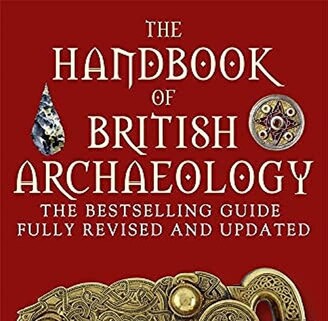Pembroke Castle has been a seat of power for centuries. It was the birthplace of Henry Tudor, father of Henry VIII, and is one of the country’s best preserved medieval strongholds, containing a maze of passages, tunnels and stairways, as well as a vast gatehouse tower. Scientists have discovered that the fortress has also been concealing a startling secret. A cave, known as Wogan Cavern, which lies directly underneath Pembroke Castle, has been found to contain a treasure trove of prehistoric material, including ancient bones and stone tools left behind by early Homo sapiens and possibly by Neanderthals.
These remains will provide key information about the settling of Britain in prehistoric times, say scientists, who last week began their first major excavation of the year at Wogan. Work on the site over coming years should provide answers to major puzzles about prehistoric Britain, including the end of the Neanderthals’ occupation about 40,000 years ago.
Early finds at Wogan include a wide range of fossils including mammoth, reindeer, and woolly rhino, as well as the remains of a hippopotamus, a species that last wallowed in British waters 125,000 years ago. Archaeologists have also found that much of the cavern’s floor is covered with a layer of stalagmite which has preserved the soil, bones, proteins and DNA that lie below.
“The site has got fantastic potential,” said Prof Chris Stringer of the Natural History Museum, London. “It’s the best prospect that we have got in providing fresh material that can help us find out how Neanderthals lived in Britain and learn how they were replaced by Homo sapiens.”


